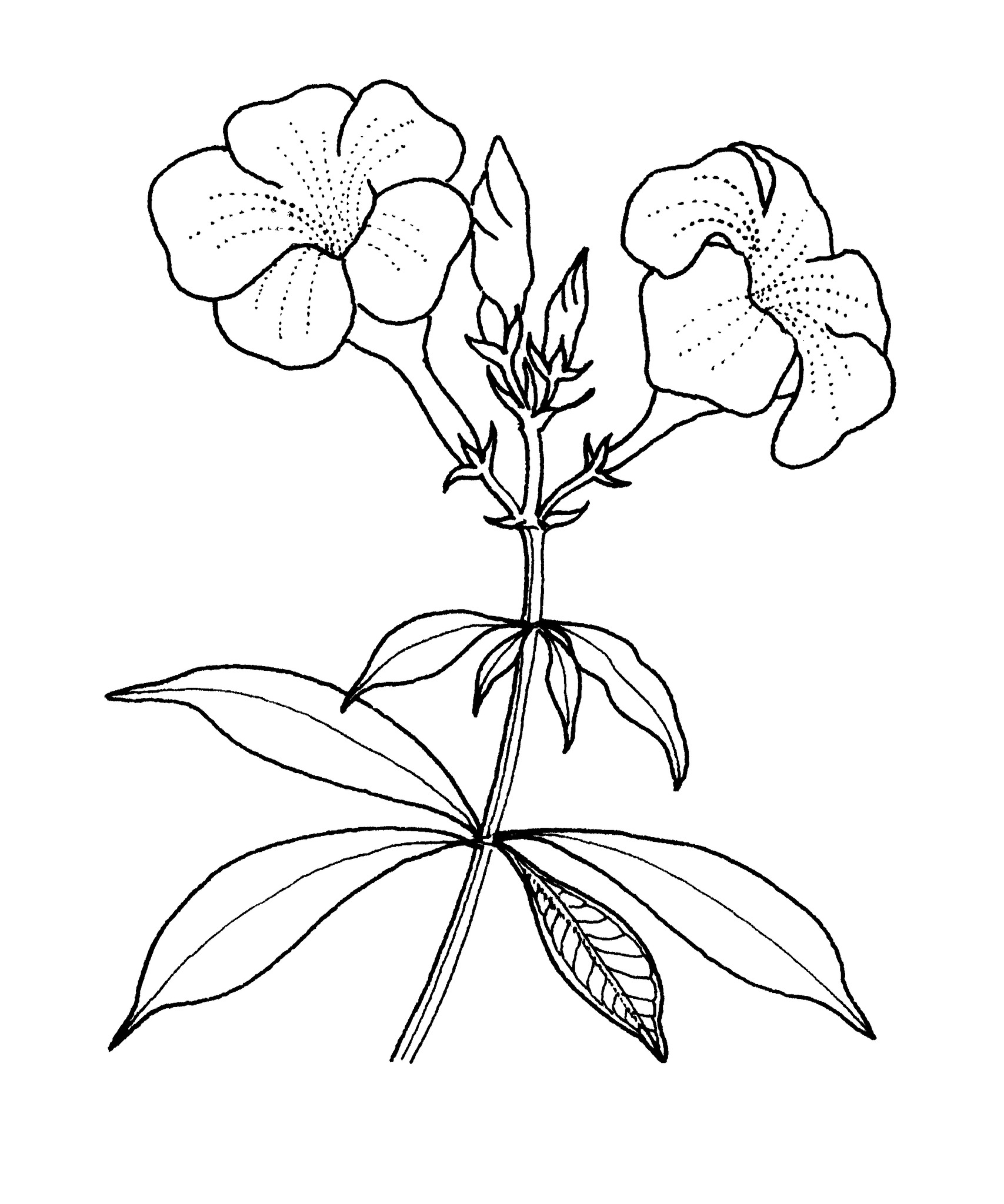
Named for Frédéric Allamand (1735–?76), a Swiss botanist and physician, correspondent of Linnaeus who first collected the genus in Surinam.
Scandent or scrambling shrubs or small trees, evergreen; latex white. Stems woody, without spines. Leaves 3-5-whorled, rarely opposite, stalked; blade well developed; colleters absent at base. Inflorescence terminal or axillary, cymose. Flowers scentless, stalked. Corolla bell-shaped to funnelform; tube cylindrical to obconical; lobes convolute in bud, overlapping to the left. Corolline corona of 5 tufts of thick hairs present. Stamens enclosed, attached near top of tube, not sticking to style head. Disk cup-shaped, 5-lobed or crenulate. Fruit an aculeate, woody capsule, 2-locular, syncarpous, with long soft spines. Seeds several, imbricate, flattened, ellipsoid, with a thick wing, without hair tufts.
Three species and several cultivars commonly cultivated, two species occasionally naturalised in N Australia.
Frost-sensitive.
Cuttings or occasionally from seeds.
Scandent scramblers or shrubs, leaves in whorls of (3-)4-5, fruits with long soft spines, seeds imbricate.
About 15 species in C and S America.
Sakane & Shepherd (1986), Forster (1996a).
Source: (2002). Apocynaceae. In: . Horticultural Flora of South-eastern Australia. Volume 4. Flowering plants. Dicotyledons. Part 3. The identification of garden and cultivated plants. University of New South Wales Press.
